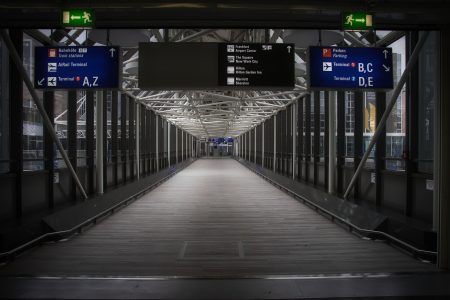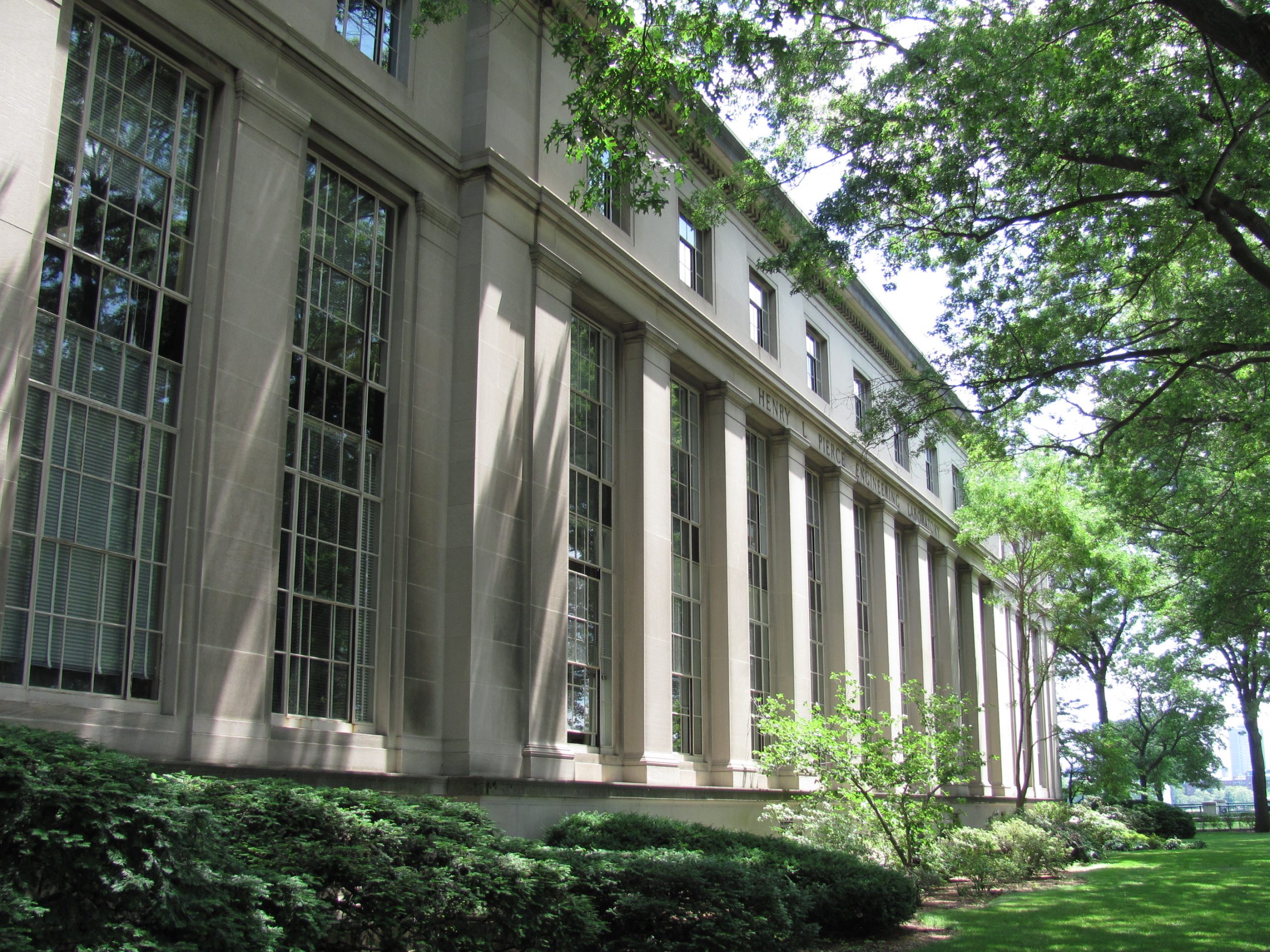Urban communities have a higher risk of flooding than current models suggest, making it more vital than ever to ensure that our pavements, buildings, and infrastructure are built to withstand the stresses of future flooding events.
Research Brief: Inequitable Cost Burden of Hurricane Repairs
Hurricane repairs disproportionately burden socially vulnerable communities according to new research by Ipek Bensu Manav, the first quantitative analysis of its kind. The research brief prompts stakeholders to distribute their mitigation grants carefully and invest in stronger construction to better protect vulnerable communities.
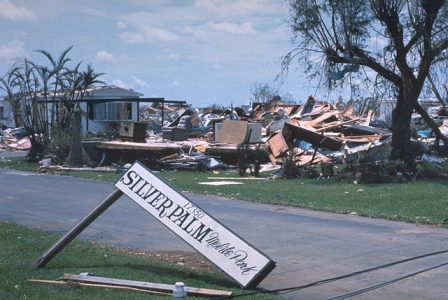
Research Brief: Recycling Waste Glass as an SCM in Concrete
Due to glass’ valuable role in advancing civilization and global sustainability, the United Nations deemed 2022 the “International Year of Glass.” Glass is used intensively. In fact, approximately 12 million tons of waste glass are generated in the United States annually, representing more than 4% of municipal solid waste. Unfortunately, on average, just 33% of waste glass is recycled for new glass production in the U.S. One key challenge to glass recycling is its low monetary value, currently averaging around $11/ton.
Read more in our research brief.
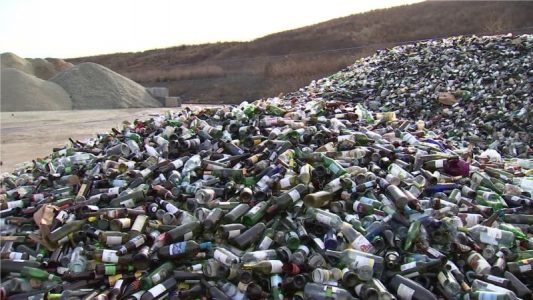
Extreme heat kills inequitably: Reflective pavements can help, but city action is required
Extreme heat is the deadliest natural hazard in the United States.
Between 1992 and 2021, it killed an average of 148 people every year. In the same 30-year period, floods killed about 88 annually while hurricanes killed 45 yearly.
This figure is likely an underestimate, as potential problems have been found with the way deaths due to extreme heat are counted. For instance, National Oceanic and Atmospheric Administration (NOAA) originally counted 200 deaths due to a heat wave that struck the Pacific Northwest in June 2021, but has since amended its description of the event to note the potential for hundreds of excess deaths during the period.
Read more in The Hill.
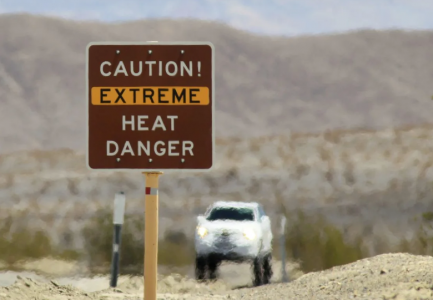
Hurricane-resistant construction may be undervalued by billions of dollars annually
In Florida, June typically marks the beginning of hurricane season. Preparation for a storm may appear as otherworldly as it is routine: businesses and homes board up windows and doors, bottled water is quick to sell out, and public buildings cease operations to serve as emergency shelters.
What happens next may be unpredictable. If things take a turn for the worse, myriad homes may be leveled. A 2019 Congressional Budget Office report estimated that hurricane-related wind damage causes $14 billion in losses to the residential sector annually.
However, new research led by Ipek Bensu Manav, an MIT graduate student in civil and environmental engineering and research assistant at MIT’s Concrete Sustainability Hub, suggests that the value of mitigating this wind damage through stronger construction methods may be significantly underestimated.
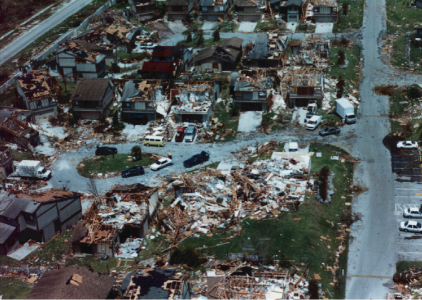
Studying floods to better predict their dangers
“My job is basically flooding Cambridge,” says Katerina “Katya” Boukin, a graduate student in civil and environmental engineering at MIT and the MIT Concrete Sustainability Hub’s resident expert on flood simulations.
You can often find her fine-tuning high-resolution flood risk models for the City of Cambridge, Massachusetts, or talking about hurricanes with fellow researcher Ipek Bensu Manav.
Flooding represents one of the world’s gravest natural hazards. Extreme climate events inducing flooding, like severe storms, winter storms, and tropical cyclones, caused an estimated $128.1 billion of damages in 2021 alone.
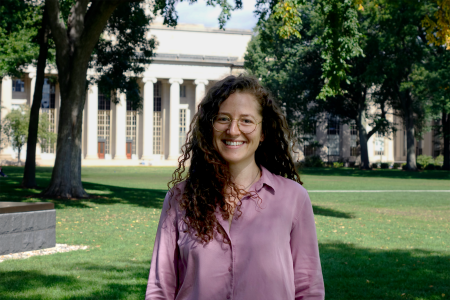
From bridges to DNA: civil engineering across disciplines
How is DNA like a bridge? This question is not a riddle or logic game, it is a concern of Johannes Kalliauer’s doctoral thesis.
As a student at TU Wien in Austria, Kalliauer was faced with a monumental task: combining approaches from civil engineering and theoretical physics to better understand the forces that act on DNA.
Kalliauer, now a postdoc at the MIT Concrete Sustainability Hub, says he modeled DNA as though it were a beam, using molecular dynamics principles to understand its structural properties.

Franz-Josef Ulm elected to National Academy of Engineers
MIT engineers John Cohn and Franz-Josef Ulm and are among 111 new members and 22 international members elected to the National Academy of Engineering for 2022. Nineteen MIT alumni were also elected as new members.
John Cohn ’81, an IBM Fellow in the MIT-IBM Watson AI Lab, was honored for improving design productivity of high-performance analog and mixed-signal circuits and for evangelizing STEM education. Cohn, a computer scientist with more than 100 worldwide patents, uses his playful love for science and technology to promote STEM careers. He’s active in education issues at the local, state, and national levels, and his passion for STEM education led him to spend 59 days living and inventing in an abandoned steel mill as part of the Discovery Channel’s technical survival show “The Colony.”
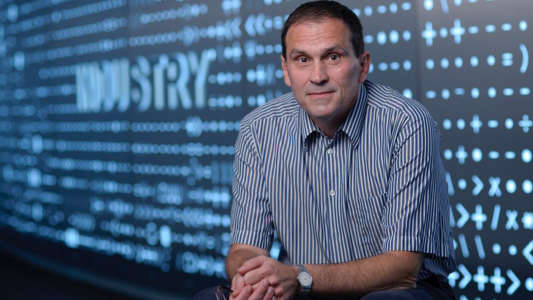
Research Brief: Improving America’s Road Infrastructure by Embracing Uncertainty
The Infrastructure Investment and Jobs Act represent a unique opportunity to transform America’s infrastructure. Nevertheless, it closes less than half of the investment gap needed to build a world class infrastructure within the United States. As such, policymakers still need to spend funds wisely to get the most from their investment. In this research brief, the MIT CSHub shows how a fresh approach to asset management including flexible decision-making, taking a long-term perspective, and including a diverse set of materials and maintenance technologies provides a powerful tool to provide the most bang for our infrastructure buck.
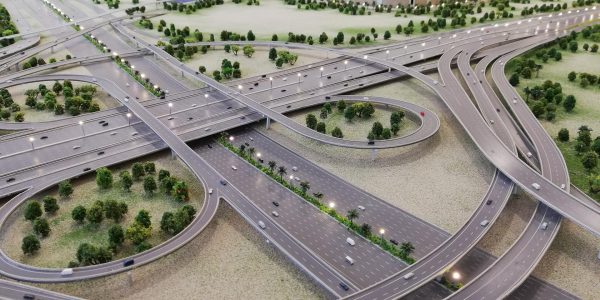
Our 2021 Annual Report
MIT CSHub had an eventful 2021, spearheading successful research and communications initiatives in the spheres of infrastructure, decarbonization, and sustainability. Read more in our 2021 annual report.
